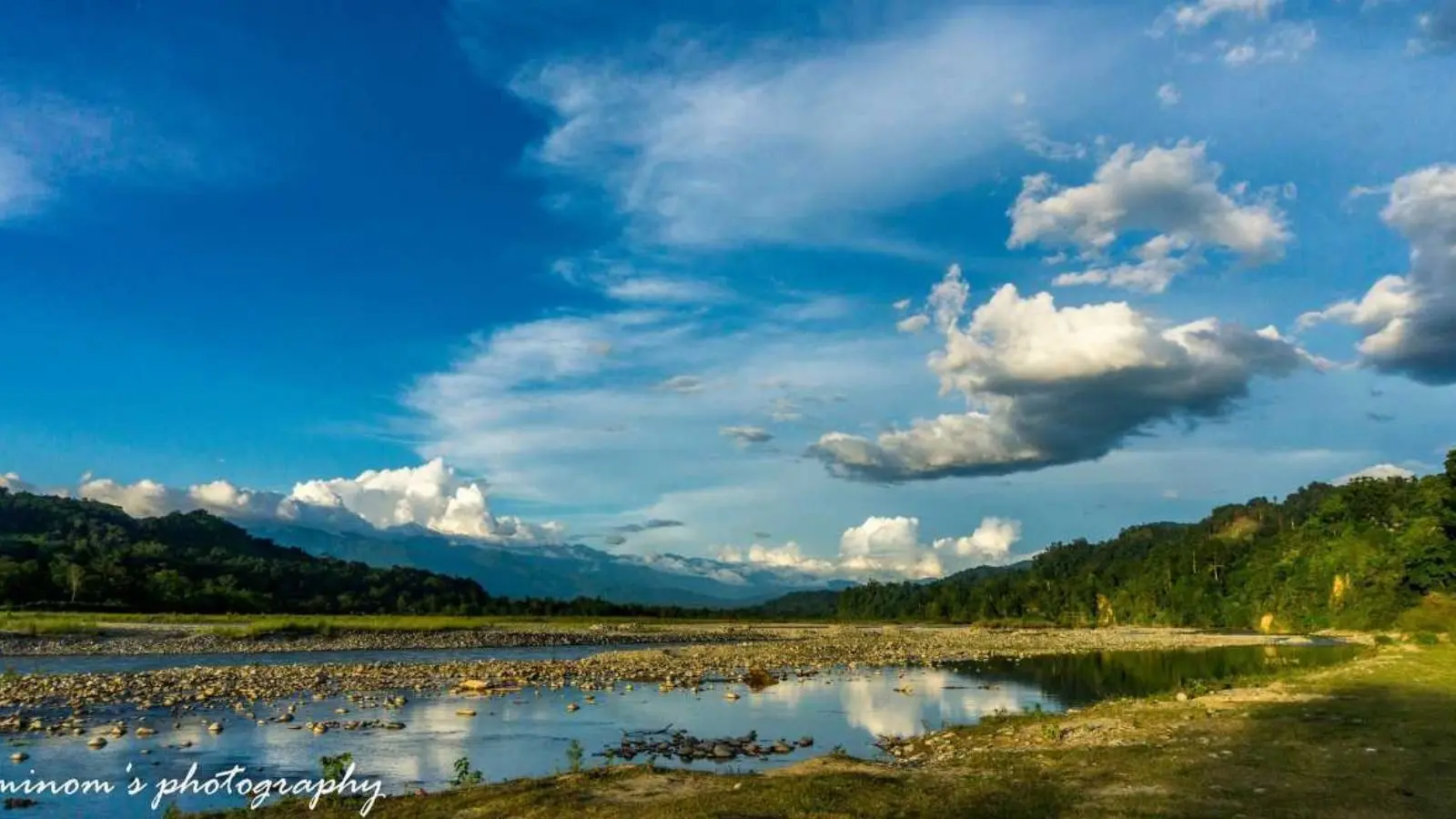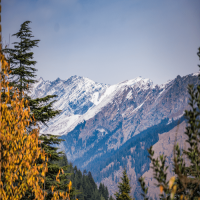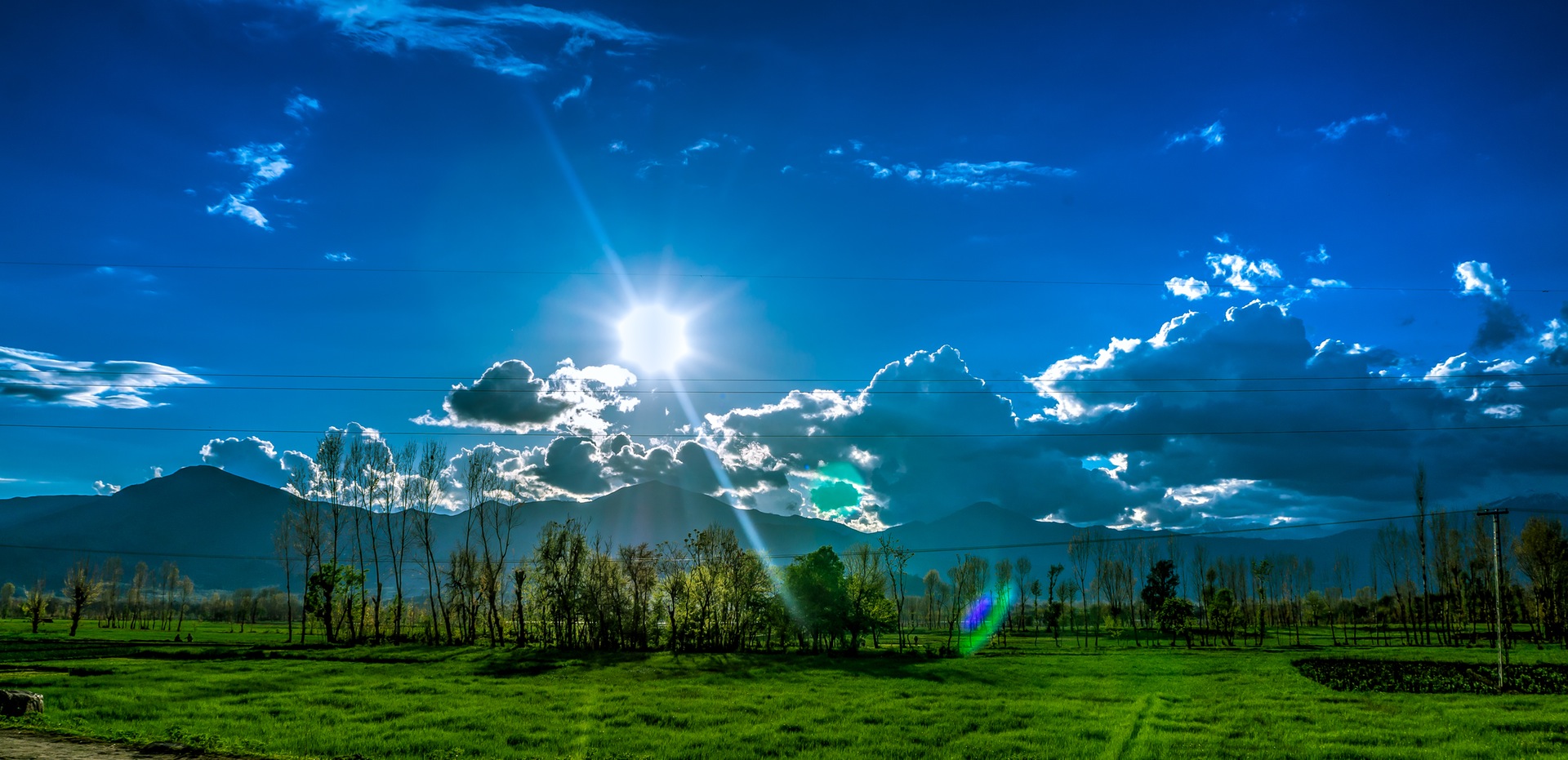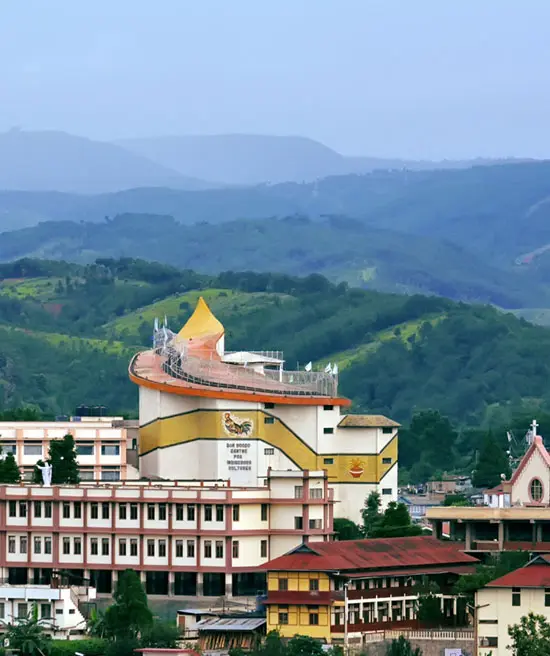Namdapha national park

Strong 8k brings an ultra-HD IPTV experience to your living room and your pocket.
Namdapha National Park, located in the northeastern state of Arunachal Pradesh, India, is one of the most biodiverse places in the country. The park is situated in the eastern Himalayan region, near the Indo-Burmese border. It covers an area of over 1,985 square kilometers and is home to a wide variety of flora and fauna. The park is known for its dense forests, steep slopes, and stunning landscapes, which make it a paradise for nature lovers and adventure seekers. From tropical rainforests to alpine meadows, the park offers a variety of ecosystems, each hosting unique species of plants and animals. The Namdapha National Park is also a UNESCO World Heritage Site, recognized for its ecological significance. Its rich biodiversity and untouched wilderness attract both scientists and travelers looking to explore one of India’s most pristine natural reserves.
Diverse Flora of Namdapha National Park
Namdapha National Park is known for its rich and diverse plant life. The park is a treasure trove of over 1,000 species of plants, ranging from tropical to alpine vegetation. The lower altitudes of the park are covered with lush tropical rainforests, where you can find a wide variety of trees, including giant hardwoods, bamboo, and medicinal plants. As you ascend to higher altitudes, the vegetation shifts to temperate forests and eventually alpine meadows. In the higher regions, you'll find a variety of orchids, rhododendrons, and other high-altitude plants. The diversity of plant species in Namdapha National Park is not only stunning but also plays an important role in maintaining the ecological balance of the region. The abundance of plant life supports the many herbivores, insects, and birds that call the park home, making it a crucial part of the local ecosystem.
Rich Wildlife in Namdapha National Park
Namdapha National Park is home to an incredible variety of wildlife, including some rare and endangered species. The park is known for being one of the few places in the world where you can find the elusive clouded leopard, one of the most mysterious and beautiful big cats. It is also home to the Bengal tiger, which is another key predator in the region. Other mammals found in the park include the Indian leopard, wild boar, wild yak, and the endangered red panda. The park is a haven for bird watchers, as it is home to over 400 species of birds, including the Himalayan eagle, hornbills, and the rare white-winged wood duck. Namdapha is also a sanctuary for various reptiles, amphibians, and insects, making it a hotspot for biodiversity. The park's unique wildlife offers an opportunity to witness some of the rarest species in their natural habitat.
Birdwatching at Namdapha National Park
For bird lovers, Namdapha National Park is a dream destination. With its diverse ecosystems, the park offers a variety of habitats that attract an impressive range of bird species. Birdwatchers can spot over 400 different species, from the dense tropical forests at lower elevations to the alpine meadows and high mountain ridges. The park is home to some rare and endangered species like the Himalayan eagle, grey-headed fishing eagle, and the beautiful blue-winged minla. The park is also known for its large population of hornbills, including the great hornbill, which is a majestic sight. The diversity of bird species in Namdapha makes it one of the top bird-watching destinations in India. The park’s remote location and untouched nature provide a peaceful environment for birds to thrive, making it a true paradise for avid birdwatchers and nature enthusiasts alike.
Unique Ecosystems of Namdapha National Park
Namdapha National Park is unique not only for its biodiversity but also for the variety of ecosystems it contains. The park is one of the few places in the world where you can experience such a wide range of habitats in a relatively small area. The park is home to tropical rainforests, temperate forests, alpine meadows, and glaciers, all within a short distance. This diversity in ecosystems allows for a wide variety of plant and animal species to coexist. The tropical forests in the lower regions are teeming with life, while the higher altitudes are home to colder, alpine ecosystems. The park also contains glacial lakes and high-altitude ridges that offer stunning views of the surrounding mountains. The unique combination of ecosystems makes Namdapha a fascinating place for ecological studies and an exciting destination for travelers looking to experience diverse landscapes.
Trekking and Adventure in Namdapha National Park
Namdapha National Park is not just for nature lovers and wildlife enthusiasts; it is also an excellent destination for trekkers and adventure seekers. The park offers a variety of trekking routes, ranging from easy walks through the forest to challenging hikes that take you up to high-altitude meadows. The treks offer a unique opportunity to explore the park’s diverse landscapes and get up close to its wildlife. The most popular trek in the park is the trek to the Miao Village, which takes you through dense forests, along streams, and up to breathtaking viewpoints. The trekking routes also offer opportunities for camping, allowing you to immerse yourself in the wilderness for longer periods. With its rugged terrain, dense forests, and remote location, Namdapha is a perfect place for adventure travelers looking for an off-the-beaten-path experience in the heart of nature.
Conservation Efforts at Namdapha National Park
Namdapha National Park is not only a natural wonder but also an important conservation area. The park has been the focus of numerous conservation efforts to protect its rich biodiversity. Several organizations and government bodies are working to ensure the long-term preservation of the park’s ecosystems and wildlife. Efforts include anti-poaching measures, habitat restoration projects, and the monitoring of endangered species like the clouded leopard and red panda. The park is also a key part of the larger Indo-Burmese biodiversity hotspot, which is one of the richest areas in the world in terms of species diversity. Local communities are involved in conservation efforts, with initiatives aimed at promoting sustainable tourism and reducing the impact of human activities on the park’s natural resources. The continued conservation of Namdapha National Park is essential for maintaining its biodiversity and ensuring that future generations can experience its beauty.
How to Reach Namdapha National Park
Getting to Namdapha National Park can be a bit of a challenge, as it is located in a remote part of Arunachal Pradesh. The nearest airport is in Dibrugarh, Assam, which is about 160 kilometers away from the park. From Dibrugarh, you can hire a taxi or take a bus to the town of Miao, the gateway to the park. Miao is well connected to the park, and from there, you can take a local vehicle to the park’s entrance. The nearest railway station is also in Dibrugarh, which is well connected to major cities in India. The best time to visit Namdapha is between November and April when the weather is more pleasant, and the trekking routes are accessible. Visitors should ensure they have the necessary permits to visit the park, as it lies in a protected area close to the border.
Namdapha National Park: A Place of Tranquility and Beauty
Namdapha National Park is a place of untouched beauty and tranquility. It offers a rare glimpse into a world where nature remains largely undisturbed by human intervention. The park’s remote location, vast size, and incredible biodiversity make it a special destination for anyone looking to experience the wonders of the natural world. Whether you are exploring its diverse ecosystems, observing its rare wildlife, or trekking through its rugged landscapes, Namdapha offers an experience like no other. For those willing to venture into this hidden corner of India, the park provides a chance to connect with nature in its purest form. Namdapha National Park is a treasure that deserves to be preserved and cherished for generations to come.
Note: IndiBlogHub features both user-submitted and editorial content. We do not verify third-party contributions. Read our Disclaimer and Privacy Policyfor details.





